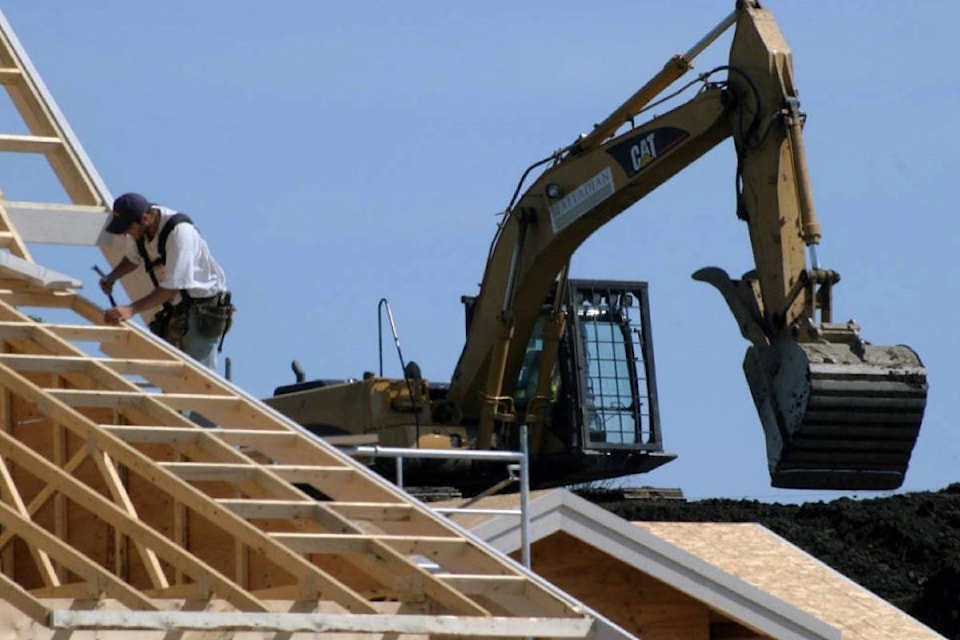Government regulations are slowing new home construction efforts in the region, according to the Regional District of Bulkley-Nechako (RDBN).
At the RDBN’s Aug. 15 board of directors meeting, it was pointed out that the number of new building permit applications hasn’t decreased but it also hasn’t increased substantially.
Jason Llewellyn, Director of Planning, said that BC Housing’s Owner-Builder Authorization (OBA) exam requirement is a potential deterrent to new home construction.
“It’s not a notable number of people who are writing the test and passing. Looking at the building permit statistics over the past year, they haven’t gone down. We haven’t seen a dip in the number of building permits for new starts but given the activity in the region, if it wasn’t for this regulation we would’ve seen more housing starts,” Llewellyn explained.
The OBA test rule has been in place since July 4, 2016 and requires that owner-builder applicants pass a 90-minute exam consisting of 100 multiple-choice questions. To pass, test takers must obtain a grade of 70 or higher.
Since the rule came into force in 2016, 82 per cent of applicants have passed the exam, as Andrea Coutts, spokesperson for BC Housing told Black Press.
The test is mandatory for anyone looking to build their own home, even builders who are red seal carpenters and electricians.
“There are no exemptions,” said Coutts.
“The exam covers both construction basics and the statutory obligations and requirements that owner-builders must meet under the Homeowner Protection Act.”
A little over two years ago the RDBN board of directors criticized the OBA rules as barriers to home development. Bill Miller, who was RDBN chair at the time said that “in some communities, new housing construction has slowed to the point where the existing housing supply is not being replenished.”
Between November 2016 and May 2017 the RDBN wrote three letters to the provincial government expressing its concerns over obstacles to new housing starts.
READ MORE: Regulations slowing development
However, the regulatory situation has recently seen growth in other areas of housing.
“Probably the clearest impact in my mind is the increase in the number of dwellings being constructed that are modular homes as opposed to traditional homes. The reason is that modular homes can be built without the requirement of using a licensed builder, and there’s substantial cost savings,” Llewellyn said.
According to a Building Inspector’s Report presented at the meeting, there were 83 building permits issued across the RDBN in 2019, with $13,264 in fees collected and a total construction value of $2,596,000.
Last year there were 100 new permits issued, 102 in 2017 and 91 in 2016, according to RDBN documents.
Since 2009 the highest number of permits issued was 127 (in 2010), and the lowest was in 2016, when the OBA rule came into force.
RDBN chair Gerry Thiessen said some of the housing regulations don’t take into account the realities of the population sizes and economies in northern British Columbia, and must be challenged.
“I think it’ll take years and years for us to catch up in housing supply to [other areas]. Where your housing starts are is where your future economy is going to be. And when the starts go down you can be sure that four or five years after that the economy is going to be in that same place,” he told the board.
Blair McBride
Multimedia reporter
Send Blair an email
Like Lakes District News on Facebook
